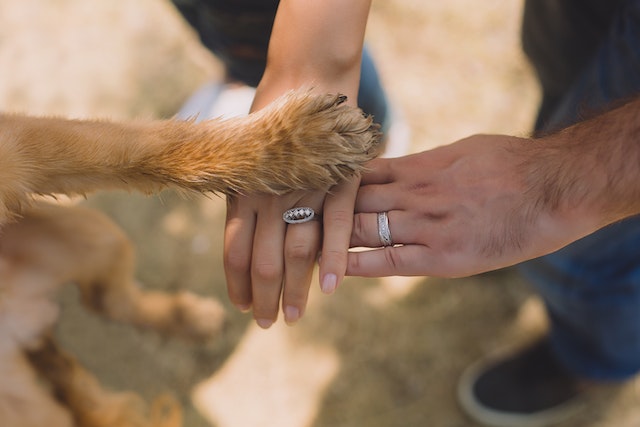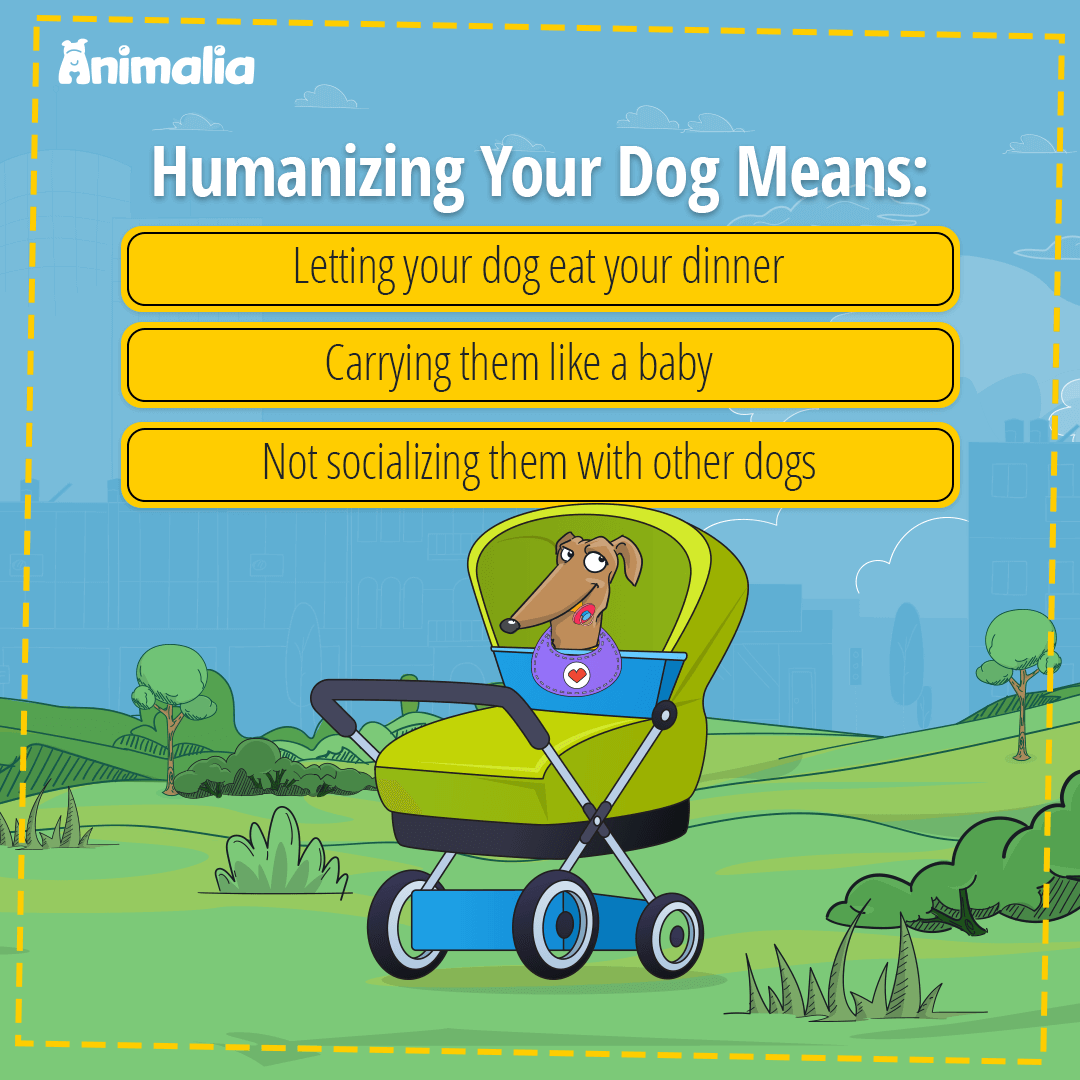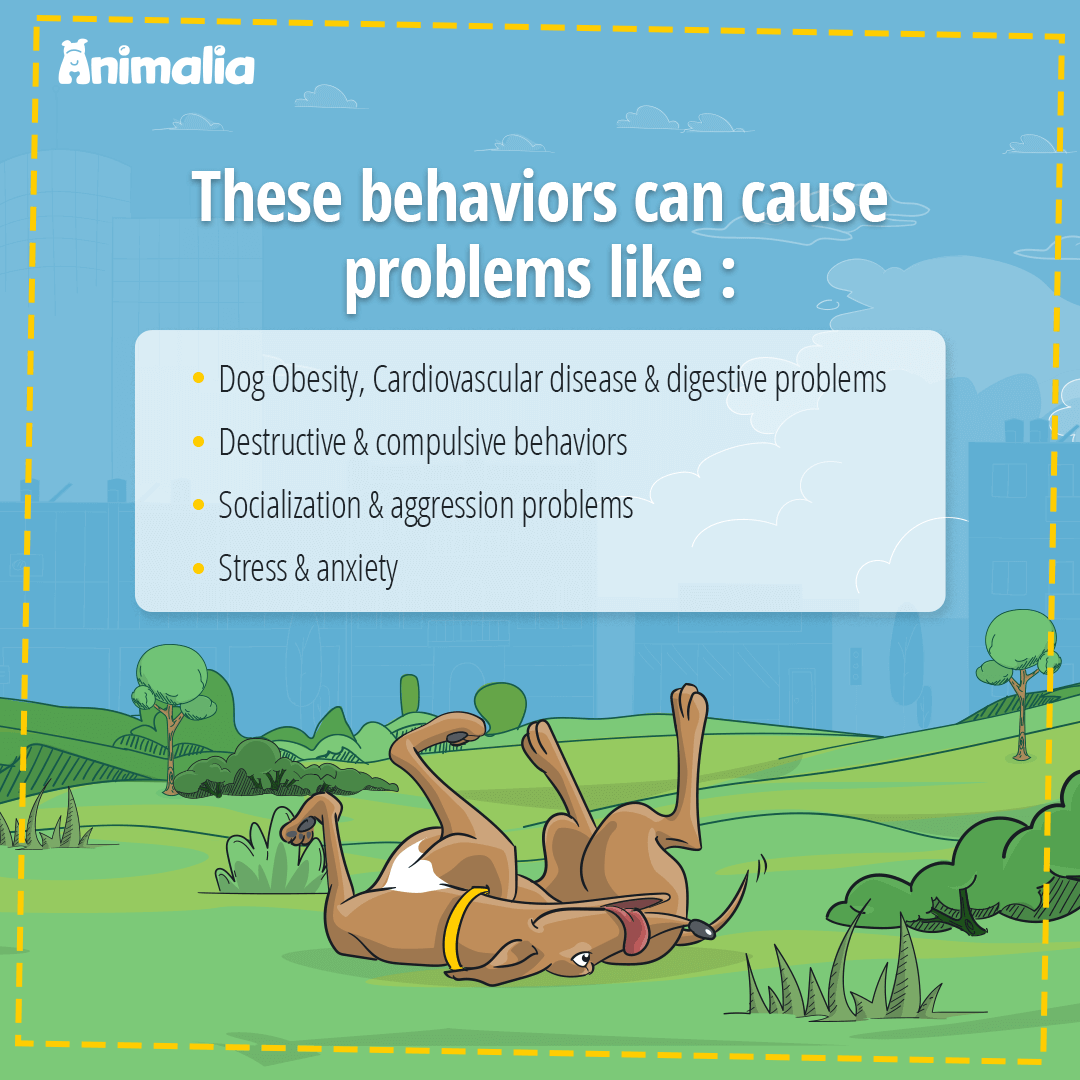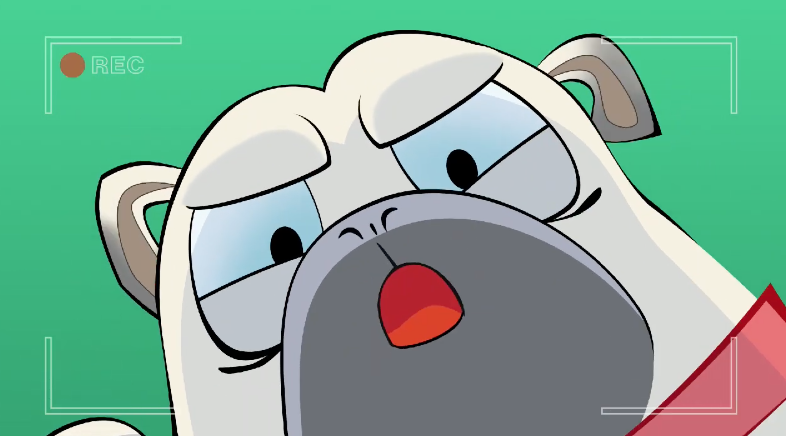

A Dog or a Human being: Has Humanization Gone Too Far?
For many, pets function like four-legged children. We chat with them, buy them toys, and even dress them up in clothes. But, can this “humanization” go too far?

Writer Animalia Team
7 min read

For centuries, people everywhere have considered dogs their “best friend.” Sometimes, the feelings we have towards our canine family members can mirror the feelings we have for other members of the family. For many, pets function like four-legged children. We chat with them, buy them toys, and even dress them up in clothes. But, can this “humanization” go too far?
According to the American Kennel Club, the answer is, yes. Treating dogs as “fur babies” may seem like harmless fun, but in doing so, we may be harming our dogs. The scientific term for this attribution of human emotions, attitudes, and thoughts to our dogs is “anthropomorphism” (Oxford Dictionary, 1885).
Some elements of anthropomorphism can be beneficial. Through close observation we anticipate our dog’s needs by its facial expressions and body language. The danger comes when we interpret these based on how a human acts and reacts. When a puppy whimpers, we rush to console it as we would a small child. This creates empathy which helps us to nurture our pet. When a dog is fed from their owner’s table or given a different cute outfit for every occasion, however, it’s being denied its innate animality. It’s no longer a dog but a mini-human. This anthropomorphism has increased in recent years thanks to the “Disneyfication” of dogs through films and TV shows such as Lady and the Tramp, Paw Patrol, and The Fox and the Hound. Social media influencers flaunt their dogs’ daily lives and wardrobes continuing to blur the lines between people pets, people, and commodities.
Clues that your dog is humanized
Very often, the process of humanization can creep up on you and your dog. There are, however, clues that it’s gone too far.
- Does your dog eat the same food as you? Giving the odd bite of food from your plate is fine now and then, but if your dog’s diet is the same as yours on a daily basis, something is very wrong
- Does your dog use the toilet? Dogs can be taught to do many tricks including sitting on and using a toilet. This strips them of their dignity and stops them from marking outside as a means of naturally communicating with other dogs in their territory
- Do you treat your dog like a baby? Pushing a healthy dog in a stroller prevents it from getting the exercise it needs for healthy bones, joints, and muscles. It can also take away the dog’s natural instinct to run, jump, explore, and sniff its environment.

Why treating a dog as a human being can backfire
Our pooches thrive on love and care. Understanding their physical and emotional needs is a crucial part of dog ownership. By treating dogs as humans, however, we ignore their basic canine needs while allowing them to do everything they please. This leads to behavioral problems which, unaddressed, can grow worse over time. While you may want to celebrate your puppy’s first birthday with a cake and a party for their puppy friends, this shouldn’t take priority over a program of training and socialization. A humanized dog becomes difficult to control, damages your environment, causes conflict within the family, and can even become dangerous. Below are just some of the specific problems caused by humanizing your pet.
Weight and nutritional issues
A dog is more prone to obesity when their diet is full of excess calories and they’re not getting enough exercise. Obesity leads to health issues such as arthritis, cardiovascular disease, and digestive problems. Some human foods, such as chocolate, are very toxic or even fatal to dogs. Caring owners should stick to foods designed for dogs.
Behavioral problems
When a dog can’t run around and play as it wants to, they quickly grow bored. Destructive and compulsive behaviors are the outcome. It’s tempting to look at these behaviors from a “human” point of view. When a dog growls at a person, it’s not being protective or cute. Instead, it’s actually in a state of emotional distress or fear which may cause it to bite. A dog doesn’t chew furniture or defecate in the house because they’re angry at you for going out. They do so because they’re stressed and improperly house-trained. Punishing the dog or ignoring the problem won’t solve things. It will only get worse and both you and your dog will suffer unnecessarily.
Socialization and aggression problems
A humanized dog is rarely given the opportunity to interact naturally with other dogs. This disrupts its natural instincts, making it insecure when it does meet other dogs. When you let a dog use your toilet and wear clothes it loses its ability to decipher natural dog behavior with all of its usual sights, sounds, and smells. Dogs who exhibit pushy behavior such as constantly nudging you for attention, barking non-stop, or not sharing food, are not being assertive. These are dogs who are used to getting what they want. They may start to exhibit this behavior outside the home and ignore social signals from other dogs. They may get into fights, get attacked by other dogs, or even lash out and bite. The healthiest relationship is one where you are the trainer and your dog learns acceptable behavior from you.
Stress and anxiety
When a dog can’t run, walk, and explore instinctively they become stressed. When they spends all their time with you exclusively, leaving them alone (even for a short period) may lead to separation anxiety. Both stress and anxiety can cause diarrhea, heart palpitations, and nervous or compulsive behaviors.
Dogs need routine and calm. When they’re zooming around chasing their tail, barking, and jumping, it may look like they’re happy. But an over-excited dog is a stressed dog, one that’s having trouble with impulse control. Encouraging and training for calm behavior leads to a happier life for you and your dog.

How to make your dog a dog again
Have you humanized your dog a little too much? Don’t worry, it’s never too late to change the way you interact with them. First, recognize and accept that a dog is a different species from a human. Continue giving your pet lots of loving care, but do so in a more appropriate manner.
Stop dressing them up and feeding them human food while providing the freedom to act on their instincts. At home, offer a diet that matches the requirements of their age and breed. Take them out for regular exercise sessions such as walks and jogs in the park. Book obedience or socialization classes and set new rules at home about what your dog can or can’t do.
Make sure everyone in the family agrees to follow and enforce these rules. “Dehumanizing” your dog can be a stressful process for both of you and may take a while. With love, persistence, and patience, however, you’ll both enjoy a happier and more natural relationship.





We offer the most
comprehensive coverage
out there
car with a spare tire for life’s bumps.
Having Animalia is like a pimped-out
Rolls Royce with a swimming pool
in the trunk.



Get your pet insurance quote
Pet type
- Dog
- Cat




